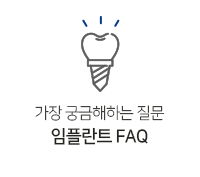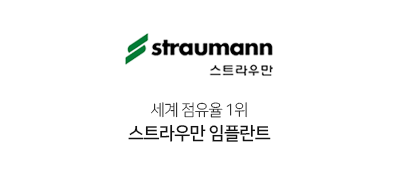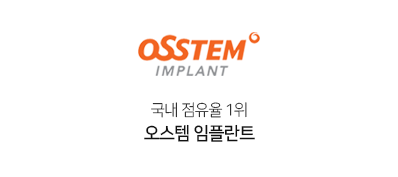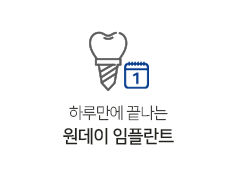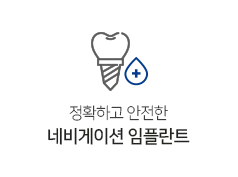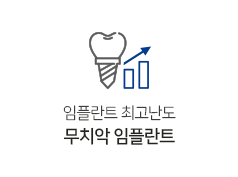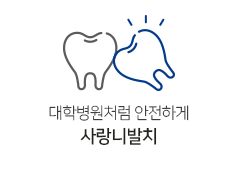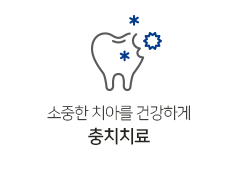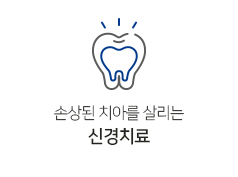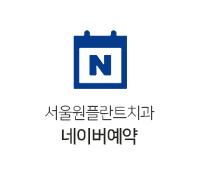High-Converting Tips for Optimizing The Power of Social Media Influenc…
페이지 정보
작성자 Barney 댓글 0건 조회 6회 작성일 24-09-07 22:35본문
Introduction:
Link building is an essential component of any successful SEO strategy, particularly when it comes to optimizing homepage services. By strategically acquiring high-quality links from reputable sources, websites can improve their search engine rankings, increase organic traffic, and establish authority in their respective industries. However, link building can be complex and often misunderstood. In this article, we will delve into the world of link building in the context of homepage services, exploring various aspects, best practices, and strategies to help you achieve optimal results.
Understanding the Essentials of Link Building:
Link building is the process of acquiring hyperlinks from external websites to your own website. These links serve as votes of confidence and authority, signaling to search engines that your site is reputable and valuable to users. In the world of homepage services, link building can help drive targeted traffic to your website and enhance your online visibility.
In conclusion, content marketing is a powerful tool for businesses in the Homepage Services industry to reach and engage their target audience effectively. By understanding your audience, creating valuable content, optimizing for SEO, utilizing visual content, maintaining a consistent publishing schedule, engaging with your audience, and measuring performance, you can maximize your targeted audience with content marketing. Implement these actionable insights into your content marketing strategy to drive traffic, generate leads, and build a loyal customer base for your Homepage Services business.
4. Monitor Your Backlink Profile:
Regularly monitor your backlink profile to ensure that your links are coming from authoritative and relevant sources. Use tools like Ahrefs or Moz to analyze your backlinks, identify any toxic links that may be harming your site's SEO, and disavow them if necessary.
5. Monitor and Optimize:
Once your paid search advertising campaign is live, closely monitor its performance to track key metrics such as click-through rate, conversion rate, and return on ad spend. Use this data to identify areas for improvement and make adjustments to optimize your campaign for better results. Test different ad creatives, landing pages, and targeting options to see what works best for your business.
6. Leverage User-Generated Content: Encourage influencers and their followers to create user-generated content featuring your products or services. User-generated content is perceived as more authentic and trustworthy by consumers, making it a valuable asset for social proof and brand advocacy.
5. Measure Performance and Iterate: Data-driven eCommerce marketing is an iterative process that requires continuous monitoring, measurement, and optimization. Set clear KPIs for your homepage services, such as conversion rates, bounce rates, average order value, and customer lifetime value. Use analytics tools to track performance metrics and identify areas for improvement. Test different strategies, analyze results, and iterate on your approach to continually enhance the effectiveness of your homepage services.
7. Implementing a Call-to-Action
Including a clear call-to-action in your social advertising media media ads is essential to guide users on the next steps they should take. Whether it's signing up for a newsletter, booking a demo, or making a purchase, a compelling CTA can drive conversions and enhance engagement.
2. Importance of Personalization
Personalizing your social media ads based on user preferences, behaviors, and demographics can significantly boost engagement. Utilize targeting options provided by platforms like Facebook and Instagram to deliver relevant content to the right audience.
4. Leverage Retargeting Strategies: Data-driven retargeting strategies can help re-engage visitors who have shown interest in your products but did not make a purchase. Use customer data to create customized retargeting campaigns that display relevant products or offers to encourage repeat visits and conversions. Dynamic retargeting ads, personalized email campaigns, and social media retargeting can help keep your brand top of mind and drive sales from interested customers.
3. Optimize User Experience: A user-friendly and intuitive homepage design is essential for driving conversions and reducing bounce rates. Analyze user behavior data to identify areas for improvement, such as page load times, navigation flow, and mobile responsiveness. Implement A/B testing and multivariate testing to optimize homepage layouts, CTAs, and messaging for maximum impact. By continuously monitoring and optimizing the user experience, businesses can create a seamless shopping journey that encourages visitors to explore further and make a purchase.
Conclusion:
Link building is a dynamic and ever-evolving aspect of SEO that plays a crucial role in optimizing homepage services. By understanding the fundamentals of link building, following best practices, and implementing effective strategies, you can enhance your website's visibility, credibility, and organic traffic. Remember to prioritize quality over quantity, foster relationships with industry influencers, and continuously monitor and measure the results of your link building efforts to achieve long-term success. With a strategic and well-executed link building approach, you can elevate your homepage services to new heights in the digital landscape.
Link building is an essential component of any successful SEO strategy, particularly when it comes to optimizing homepage services. By strategically acquiring high-quality links from reputable sources, websites can improve their search engine rankings, increase organic traffic, and establish authority in their respective industries. However, link building can be complex and often misunderstood. In this article, we will delve into the world of link building in the context of homepage services, exploring various aspects, best practices, and strategies to help you achieve optimal results.
Understanding the Essentials of Link Building:
Link building is the process of acquiring hyperlinks from external websites to your own website. These links serve as votes of confidence and authority, signaling to search engines that your site is reputable and valuable to users. In the world of homepage services, link building can help drive targeted traffic to your website and enhance your online visibility.
In conclusion, content marketing is a powerful tool for businesses in the Homepage Services industry to reach and engage their target audience effectively. By understanding your audience, creating valuable content, optimizing for SEO, utilizing visual content, maintaining a consistent publishing schedule, engaging with your audience, and measuring performance, you can maximize your targeted audience with content marketing. Implement these actionable insights into your content marketing strategy to drive traffic, generate leads, and build a loyal customer base for your Homepage Services business.
4. Monitor Your Backlink Profile:
Regularly monitor your backlink profile to ensure that your links are coming from authoritative and relevant sources. Use tools like Ahrefs or Moz to analyze your backlinks, identify any toxic links that may be harming your site's SEO, and disavow them if necessary.
5. Monitor and Optimize:
Once your paid search advertising campaign is live, closely monitor its performance to track key metrics such as click-through rate, conversion rate, and return on ad spend. Use this data to identify areas for improvement and make adjustments to optimize your campaign for better results. Test different ad creatives, landing pages, and targeting options to see what works best for your business.
6. Leverage User-Generated Content: Encourage influencers and their followers to create user-generated content featuring your products or services. User-generated content is perceived as more authentic and trustworthy by consumers, making it a valuable asset for social proof and brand advocacy.
5. Measure Performance and Iterate: Data-driven eCommerce marketing is an iterative process that requires continuous monitoring, measurement, and optimization. Set clear KPIs for your homepage services, such as conversion rates, bounce rates, average order value, and customer lifetime value. Use analytics tools to track performance metrics and identify areas for improvement. Test different strategies, analyze results, and iterate on your approach to continually enhance the effectiveness of your homepage services.
7. Implementing a Call-to-Action
Including a clear call-to-action in your social advertising media media ads is essential to guide users on the next steps they should take. Whether it's signing up for a newsletter, booking a demo, or making a purchase, a compelling CTA can drive conversions and enhance engagement.
2. Importance of Personalization
Personalizing your social media ads based on user preferences, behaviors, and demographics can significantly boost engagement. Utilize targeting options provided by platforms like Facebook and Instagram to deliver relevant content to the right audience.
4. Leverage Retargeting Strategies: Data-driven retargeting strategies can help re-engage visitors who have shown interest in your products but did not make a purchase. Use customer data to create customized retargeting campaigns that display relevant products or offers to encourage repeat visits and conversions. Dynamic retargeting ads, personalized email campaigns, and social media retargeting can help keep your brand top of mind and drive sales from interested customers.
3. Optimize User Experience: A user-friendly and intuitive homepage design is essential for driving conversions and reducing bounce rates. Analyze user behavior data to identify areas for improvement, such as page load times, navigation flow, and mobile responsiveness. Implement A/B testing and multivariate testing to optimize homepage layouts, CTAs, and messaging for maximum impact. By continuously monitoring and optimizing the user experience, businesses can create a seamless shopping journey that encourages visitors to explore further and make a purchase.
Conclusion:
Link building is a dynamic and ever-evolving aspect of SEO that plays a crucial role in optimizing homepage services. By understanding the fundamentals of link building, following best practices, and implementing effective strategies, you can enhance your website's visibility, credibility, and organic traffic. Remember to prioritize quality over quantity, foster relationships with industry influencers, and continuously monitor and measure the results of your link building efforts to achieve long-term success. With a strategic and well-executed link building approach, you can elevate your homepage services to new heights in the digital landscape.
- 이전글[.ShellClassInfo] 24.09.07
- 다음글лего наборы для взрослых - лего казахстан официальный сайт 24.09.07
댓글목록
등록된 댓글이 없습니다.




















